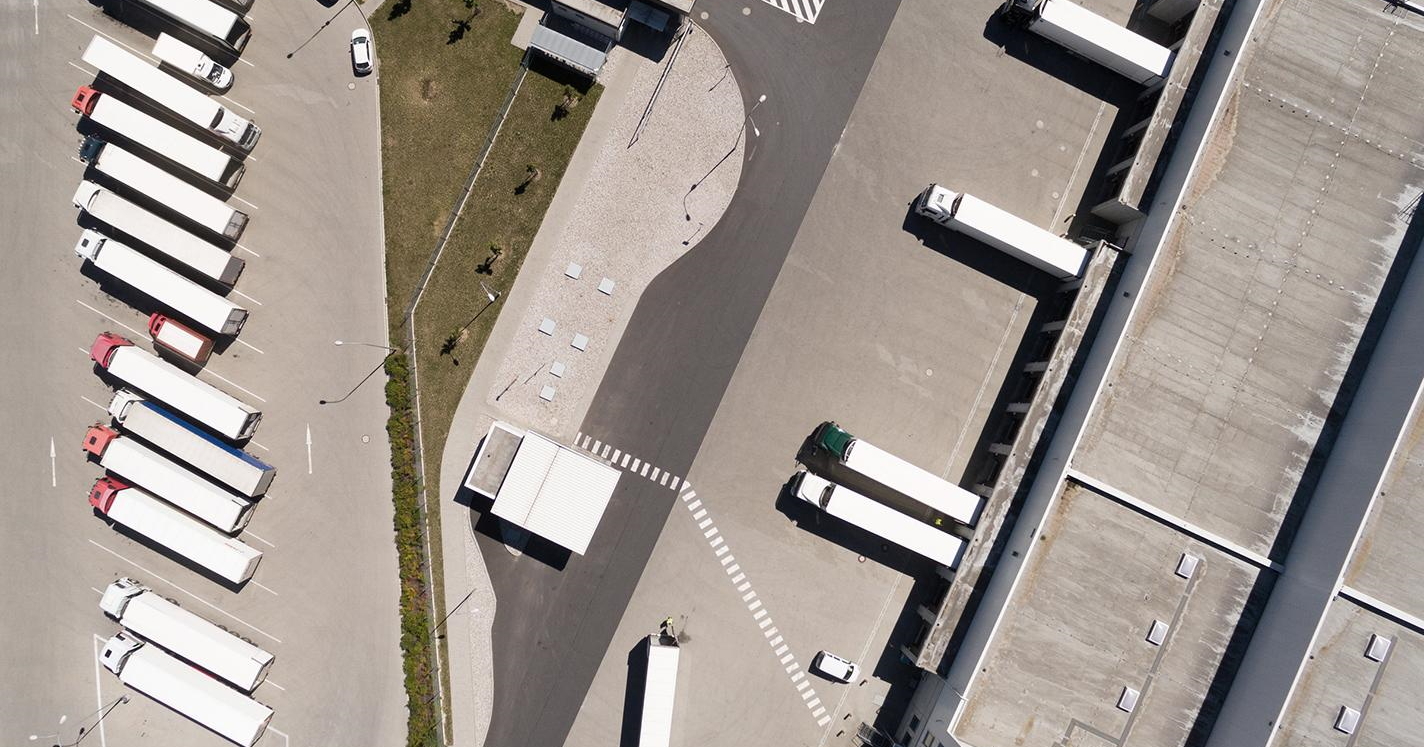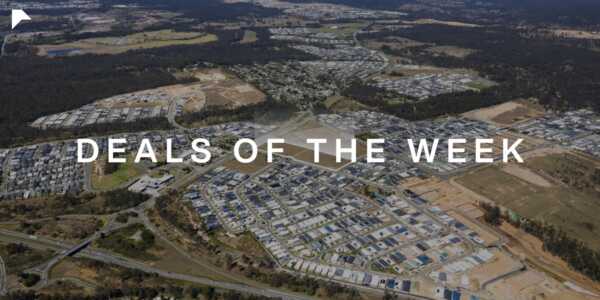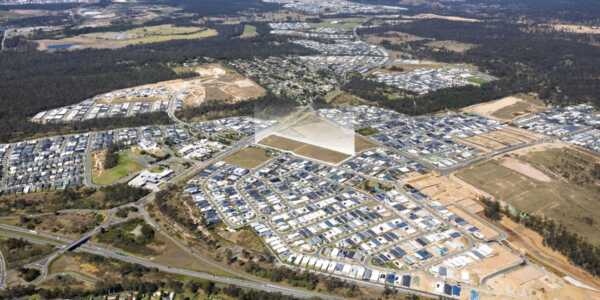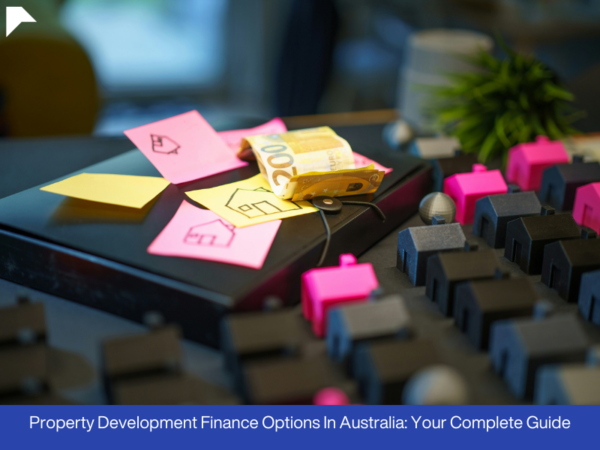"Industrial property seems poised to remain one of the more in-demand asset classes in Australia’s commercial space."
Australia’s industrial property market continues to command one of the tightest vacancy rates globally, as there is talk of a “chronic undersupply” in the availability of industrial sites. After a record low in vacancy was noted in July of this year, CBRE’s Industrial and Logistics Vacancy Report H2 2022 has verified that the country’s industrial market has only become more competitive.
With net absorption having stagnated over the past six months, the national vacancy rate has fallen to 0.6%, with Sydney possessing the lowest rate of any city globally at 0.2%.

Average vacancy rate by state, 2H22 vs. 1H22
For CBRE’s Michael O’Neill, indications point to these numbers not being anomalous; they’re a demonstration of a larger market direction.
“The occupancy and occupier trends we have witnessed since the start of 2022 have and will continue into 2023,” Mr. O’Neill stated, when discussing Sydney’s industrial market.
“There is a decreasing spread of rents across precincts as most occupiers broaden their search criteria, focusing on timing, size, and quality rather than location.”
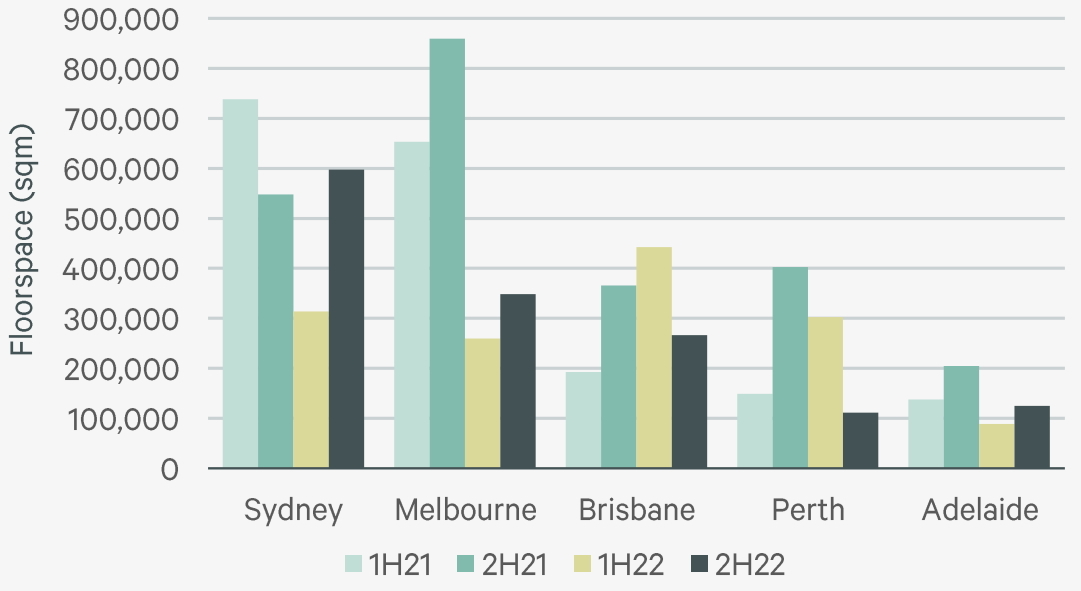
Net absorption 1H21, 2H21, 1H22, 2H22
Part of the reason Australia’s vacancy rate has remained so tight throughout the second half of 2022, particularly when other markets have reported an increase in industrial availability, is that speculative development remains truncated relative to analogous markets.
According to the report, “Australia’s current share of new floorspace in the pipeline that are speculative developments have increased, representing 50%, versus the US at 76% and the Inland Empire at 77%.” So, whilst speculative stock rose when compared to H1 2022, Australia is still lagging behind in development when compared to the rest of the world.
The blame is to be shouldered in part by rising construction costs, which have placed pressure on a number of developments. Brisbane, which recorded the largest decline in vacancy between 1H22 and 2H22, has felt the impact of price hikes most obviously, according to CBRE’s Peter Turnbull.
“The rising construction costs have forced a few speculative developments to be put on hold, which has impacted the level of supply in the market,” Mr. Turnbull explained.
“We anticipate speculative stock coming back to meet demand in late 2023 / early 2024.”
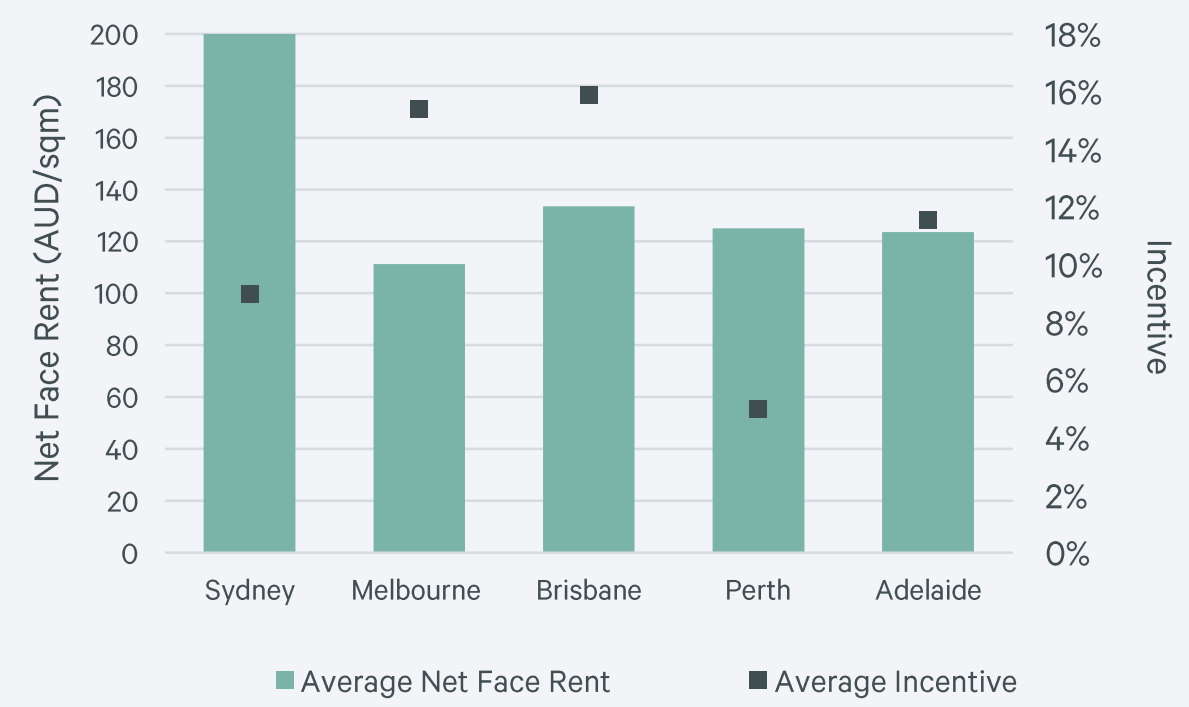
Supply-weighted average net face rents and incentives, by city
With space proving to be such a coveted asset, industrial rents are seeing significant growth. Year-on-year growth rate for super prime grade face rents stands at a record 25.3%, and CBRE don’t expect the figures to recede soon. “We forecast national rent growth to average circa 5% p.a. over the next four years,” the report states.
With such a low vacancy rate, industrial property seems poised to remain one of the more in-demand asset classes in Australia’s commercial space. For owners, it appears now is as opportune a time as any to hold industrial land.



